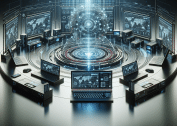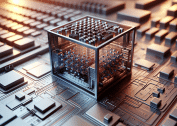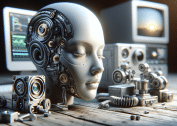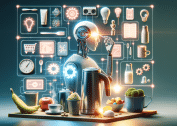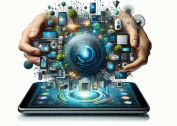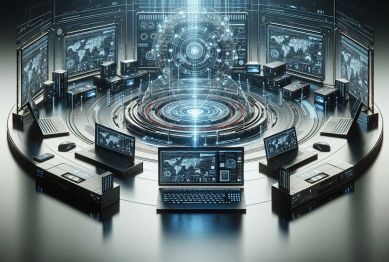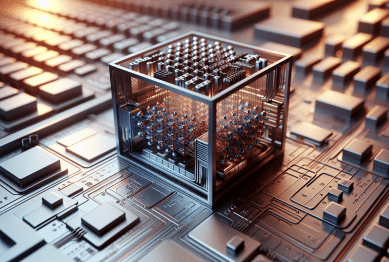In a world where attention spans are under siege, mastering how digital minimalism leads to increased productivity has become a crucial strategy for knowledge workers, creators, and businesses alike. The constant barrage of notifications, endless meetings, and digital clutter is no longer sustainable. A new wave of professionals is turning to digital minimalism—not as a tech detox fad, but as a high-performance work strategy, amplified by AI-driven tools designed to cut through noise and reclaim focus.
This isn’t just about turning off notifications or deleting apps. The latest evolution of digital minimalism is a strategic approach to how we interact with technology. It’s about filtering out low-value digital noise while leveraging intelligent tools that optimize your mental energy and time.
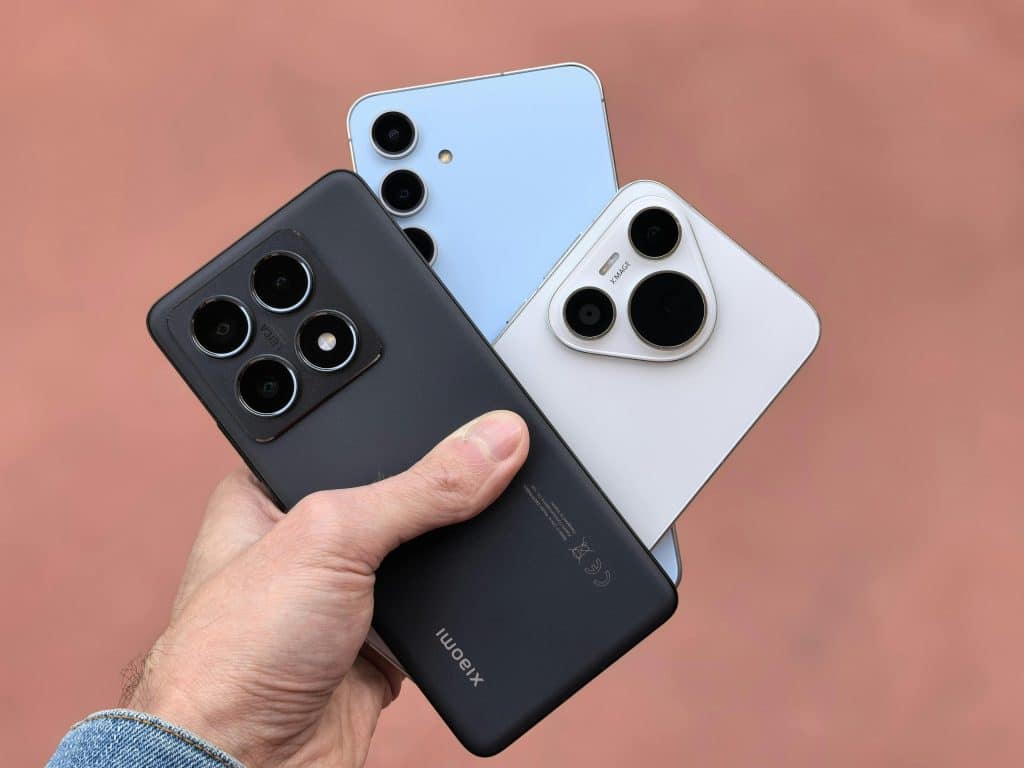
The Productivity Crisis of Digital Overload
Before diving into practical steps, it’s important to understand why digital minimalism is becoming a necessity in 2025.
- Knowledge workers face over 120 daily notifications across apps and devices, leading to chronic context-switching fatigue.
- Studies show that fragmented attention can reduce productivity by up to 40%, as the brain struggles to refocus after every interruption.
- “Performative productivity”—being seen as busy rather than actually accomplishing meaningful work—is now a widespread phenomenon, fueled by always-on digital presence.
Hybrid work environments, with their blurred boundaries between personal and professional spaces, have only intensified this problem. What was once seen as efficient multitasking is now recognized as a major productivity killer.
The Emerging Trend: AI-Powered Digital Minimalism
A key shift in 2025 is the rise of AI-powered digital minimalism. This isn’t about rejecting technology—it’s about using it smarter.
Here’s how AI is playing a pivotal role in digital minimalism:
- Automated Scheduling Tools: Apps like Reclaim.ai automatically reserve deep-work slots on your calendar, moving meetings around to protect your focus time.
- AI Summarization Assistants: Tools such as Notion AI or ChatGPT integrations condense lengthy email threads, Slack discussions, and meeting notes into concise action items, reducing information overload.
- Intelligent Task Prioritization: Platforms like Motion or TrevorAI use machine learning to prioritize tasks based on urgency and workload patterns, helping users avoid decision fatigue.
This AI-driven approach to digital minimalism isn’t about adding more layers of complexity. It’s about streamlining workflows so you spend less time organizing tasks and more time executing meaningful work.
Why Digital Minimalism Resonates Now
Several cultural and technological shifts explain why how digital minimalism leads to increased productivity is a topic of high relevance today:
- Gen Z’s Digital Skepticism: Recent surveys show that 86% of Gen Z users are intentionally reducing their screen time, with a significant portion experimenting with “digital detox” periods to protect their mental well-being.
- The Hybrid Work Paradox: While remote work has offered flexibility, it has also amplified digital distractions. A shift is underway from mere online presence to outcome-based performance, making digital minimalism essential for deep, uninterrupted work.
- AI as a Focus Amplifier: The integration of AI tools that simplify workflows, summarize content, and automate routine tasks is no longer optional. These technologies are now central to maintaining focus in a cluttered digital environment.
A Practical Guide: How to Adopt Digital Minimalism for Productivity
If you’re ready to explore how digital minimalism leads to increased productivity in your own work life, here’s a step-by-step guide to get started.
1. Conduct a Digital Audit
- List every app, platform, and tool you engage with daily.
- Identify which ones are essential to your professional goals.
- Remove or pause non-essential apps and subscriptions that do not actively contribute to meaningful outcomes.
2. Define Your Digital Values
- Ask yourself: What do I want technology to do for me?
- Focus on aligning your digital habits with values like creativity, focus, work-life balance, or learning.
3. Simplify Your Notification Ecosystem
- Turn off non-urgent notifications across devices.
- Batch-check emails and messages at set intervals instead of constantly monitoring them.
- Use tools like Focus Mode or App Limits to create intentional digital boundaries.
4. Implement Deep Work Blocks
- Schedule uninterrupted time blocks dedicated solely to high-focus tasks.
- Use AI scheduling assistants like Reclaim.ai to dynamically protect these focus slots from meeting collisions.
5. Automate Routine Tasks with AI
- Delegate admin-heavy work like meeting notes summarization or task sorting to AI-powered apps.
- Use Notion AI or ChatGPT integrations to condense lengthy communications into actionable summaries.
6. Curate Your Digital Content Intake
- Unfollow or mute low-value content sources.
- Be selective about what and when you consume digital media.
- Dedicate specific time slots for news or social media updates, avoiding constant passive scrolling.
Real-World Example: How Lena Boosted Creativity Through Digital Minimalism
Take Lena, a UX designer who juggled multiple productivity apps, from Trello boards to Slack channels, but often felt overwhelmed and creatively drained. After adopting digital minimalism with AI-enhanced tools:
- She streamlined her workflow to just two primary platforms—Notion for project management and Reclaim.ai for calendar automation.
- She scheduled deep-work blocks protected from interruptions, ensuring 2–3 hours of focused work daily.
- She used AI summarizers to reduce meeting recap times from 30 minutes to 5 minutes per session.
In less than a month, Lena reported a 25% increase in task completion efficiency and successfully launched two new design projects that had been on hold for months.
The Tangible Benefits of Digital Minimalism on Productivity
The impact of digital minimalism, when paired with the right technology, is clear:
1. Reduced Cognitive Load
By eliminating unnecessary apps and notifications, mental fatigue decreases, leaving more cognitive bandwidth for deep work.
2. Enhanced Focus and Deep Work Capacity
Protecting uninterrupted time blocks ensures that critical thinking and creative tasks receive the focus they require.
3. Automated Low-Value Tasks
AI assists in summarizing content, managing schedules, and prioritizing tasks, freeing up time for high-value work.
4. Clarity in Digital Consumption
Curating feeds and limiting content intake reduces information overload and helps maintain a sense of control.
5. Better Work-Life Balance
Intentional digital use creates clearer boundaries, reducing burnout and increasing satisfaction with both work and personal time.
Common Misconceptions About Digital Minimalism
“Digital minimalism is anti-technology.”
This misconception misses the point. Digital minimalism isn’t about rejecting technology—it’s about refining how you interact with it. It’s a strategy for ensuring technology serves your goals, not the other way around.
“Using fewer apps means being less productive.”
On the contrary, spreading tasks across too many platforms often fragments workflows. Consolidating tools under a minimalist approach streamlines processes and reduces decision fatigue.
“AI makes things more complicated.”
When implemented wisely, AI reduces friction in daily tasks, serving as a filter for information and automating routine processes, making your workflow simpler, not harder.
Why How Digital Minimalism Leads to Increased Productivity Will Define the Next Work Era
In an age of information abundance, the ability to filter noise is becoming a core skill for professional success. Digital minimalism, powered by intelligent AI tools, isn’t about working less—it’s about working with more clarity, intention, and efficiency. The focus is shifting from managing time to managing attention.
As the hybrid work model solidifies and digital ecosystems become more complex, those who master how digital minimalism leads to increased productivity will find themselves ahead—not just getting more done, but doing the right things better.
If you’re feeling overwhelmed by your digital life, consider starting with a simple audit. Ask yourself what truly deserves your attention, then use technology intentionally to protect it. The rewards will be felt not only in your task lists but in your mental clarity, creative output, and overall work satisfaction.
References
- Medium – Why Digital Minimalism Is the Ultimate Productivity Trend for Remote Workers in 202 https://medium.com/illumination/why-digital-minimalism-is-the-ultimate-productivity-trend-for-remote-workers-in-2025-936f8b3455ba
- Medium – AI-Driven Digital Minimalism: The 2025 Revolution https://medium.com/@grow_habits/ai-driven-digital-minimalism-the-2025-revolution-redefining-productivity-focus-and-freedom-a14f5e481170
- Adelaide Now – Gen Z’s Shift Towards Digital Minimalism (McCrindle Research, 2025) https://www.adelaidenow.com.au/lifestyle/the-surprising-social-trend-among-young-adults-in-2025-mccrindle-research-survey-reveals-shift-in-tech-work-and-shopping-views/news-story/5ab53e12a7518d1dfb52fd9a68061915


